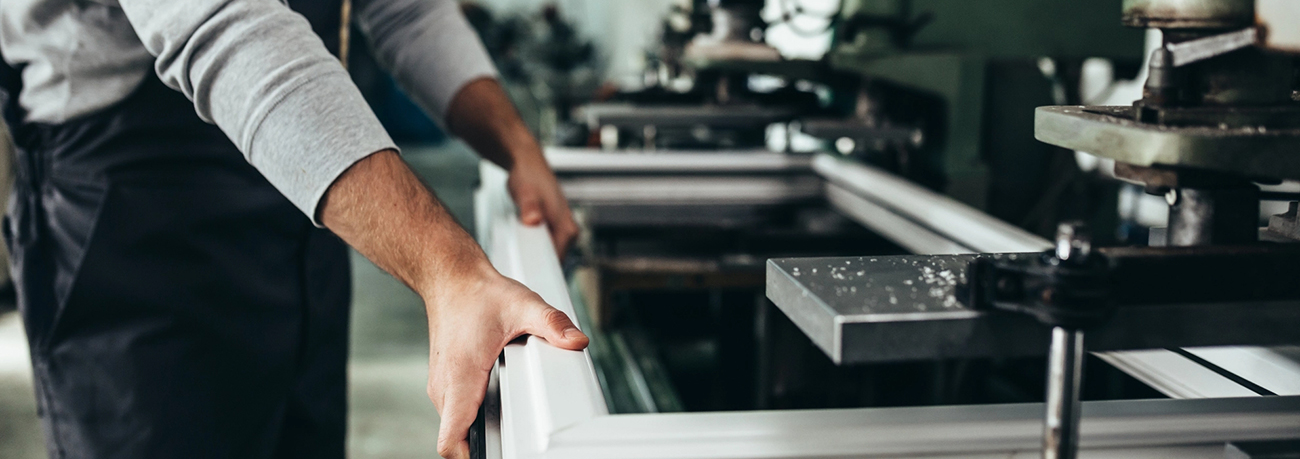CONTACT US
- 01603908888
- Unit 1, Telford close, Norwich, Norfolk, NR3 2BN
- sales@slim-glass.co.uk

CYLINDER BLOWN AND MACHINE DRAWN RESTORATION GLASS
But don’t take our word for it. Here’s a short video showcasing the traditional technique for making glass

Machine drawn cylinder sheet was the first mechanical method for “drawing” window glass. Cylinders of glass 40 feet (12 m) high are drawn vertically from a circular tank. The glass is then annealed and cut into 7 to 10 foot (2 to 3 m) cylinders. These are cut lengthways, reheated, and flattened.
This process was invented in the US in 1903. This type of glass was manufactured in the early 20th century (it was manufactured in the United Kingdom by Pilkington from 1910 to 1933).
A variation on the cylinder blown glass was developed to include distortions and waviness which creates a similar effect to the traditional method. The benefits of machine drawn is that it can be either 3mm or 4.5mm, with the 4.5mm product suitable for toughening and compliant with current building regulations.
